![]()
![]()
![]() As we check in with our heroes half way through their monthlong writing adventure, we ask them whether the half-way mark for the month means they are half-way through their writing goals.
As we check in with our heroes half way through their monthlong writing adventure, we ask them whether the half-way mark for the month means they are half-way through their writing goals.
Anne says:
Ha! Ha ha ha hahahahaha… No, I’m not even close to half way through my ambitious goals for the month. I have two extended abstracts due tomorrow. One is submitted, thanks to the hard work of my fearless undergraduate co-author. The other is out with my coauthors for final review before submission. This was the main thing I knew I needed to work on this week, so I’m happy they’ve come together, but now I need to hurry up and get them turned into posters by Monday the 24th. No rest on that front. Unfortunately, I haven’t made as much progress on the papers as I would like. I put some time in on a figure for one paper, but now that I’ve opened it up on a different computer something appears to have gone wrong with the formatting, so it might not be as much progress as I thought I had made, and that wasn’t much. My goal for this week is 3 figures, so fingers crossed that such formatting issues don’t continue to affect me. I’m feeling a bit depressed by the lack of progress on the papers, and I know it’s my own fault. But I’m also still hoping for a breakthrough moment when things come together, either on the time front or in the feeling-like-progress-has-been-made front. I know that those breakthroughs don’t just happen though, so I need to keep slogging away as much as I can. Here’s to a better week this week.
Chris says:
Well kids, the last two weeks have been an object lesson in why you should never put an uncompleted writing project totally on the shelf if you can help it, since I seem to be spending quite a lot of my writing time for my New Zealand paper re-treading old ground: re-re-re-confirming my data is in good shape, restarting half-done analyses that I didn’t properly document, rediscovering wrinkles that I know I sorted out last time but can’t remember how. All this means that a goal I acknowledged two weeks ago was challenging – getting a complete first draft off my desk and to my co-author, is looking even more challenging at the half-way mark.
That said, I am making significant progress – my methods and results sections, complete with nifty figures, are coming together nicely, and my introduction is looking a bit more like a continuous piece of prose than a mess of disconnected sentences. All this is largely due to the sciwrite challenge pushing me to make time to do so.
My challenge this week is to keep making progress on the paper, and get going on the teaching grant I need to get written by the end of the month.
How about you? Were you better at setting reasonable goals than we were? Or have you been better at making enough time to write every day? If so, what tips and tricks can you share?



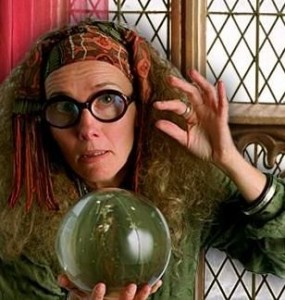

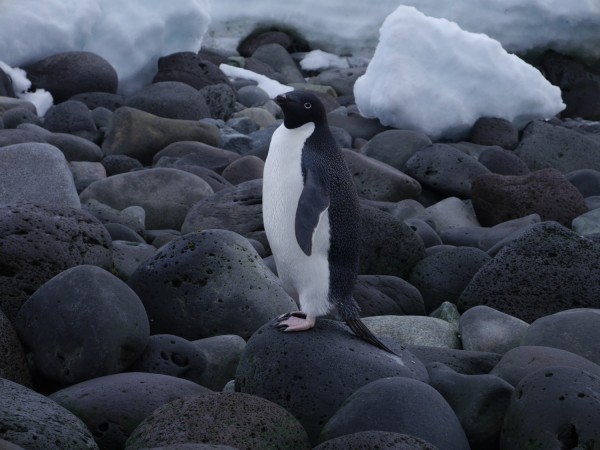
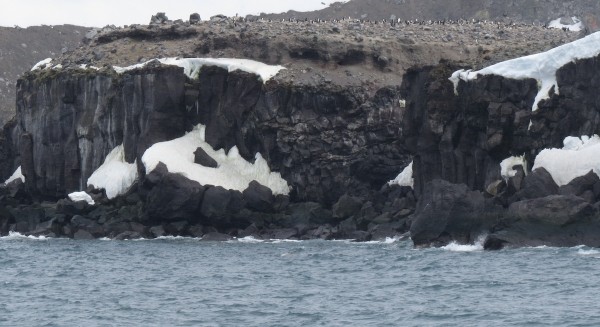
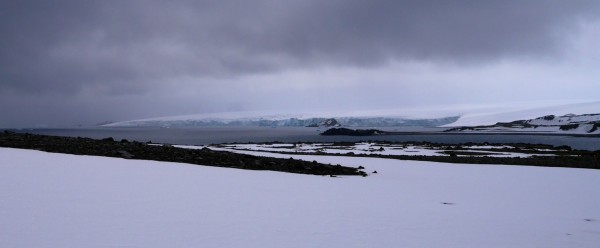



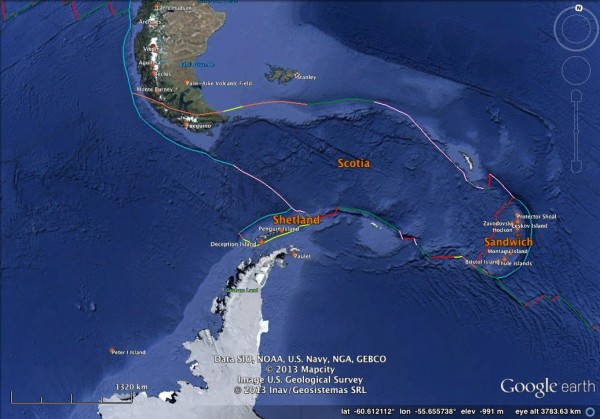
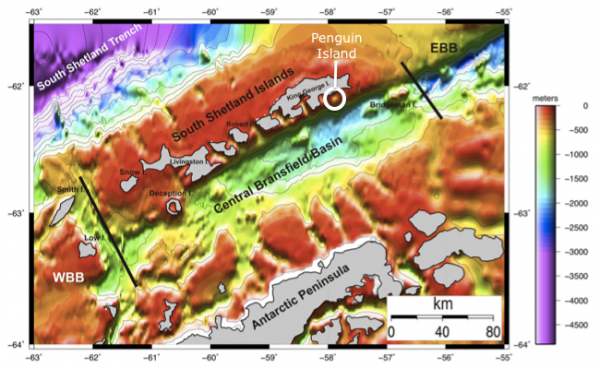

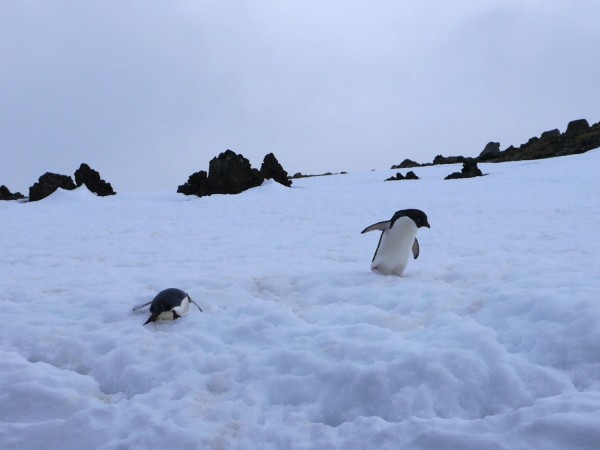


Nice plan for content warnings on Mastodon and the Fediverse. Now you need a Mastodon/Fediverse button on this blog.